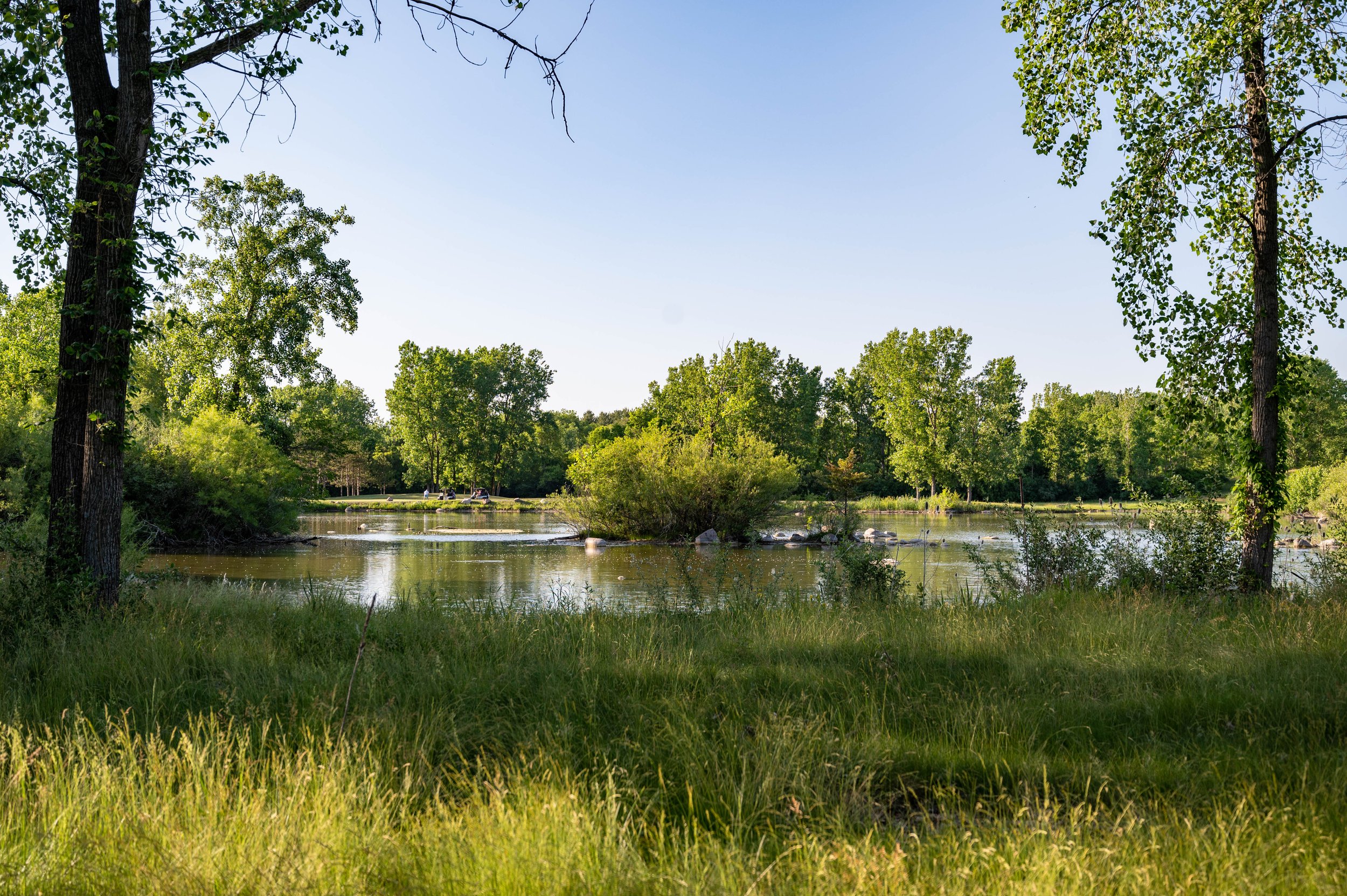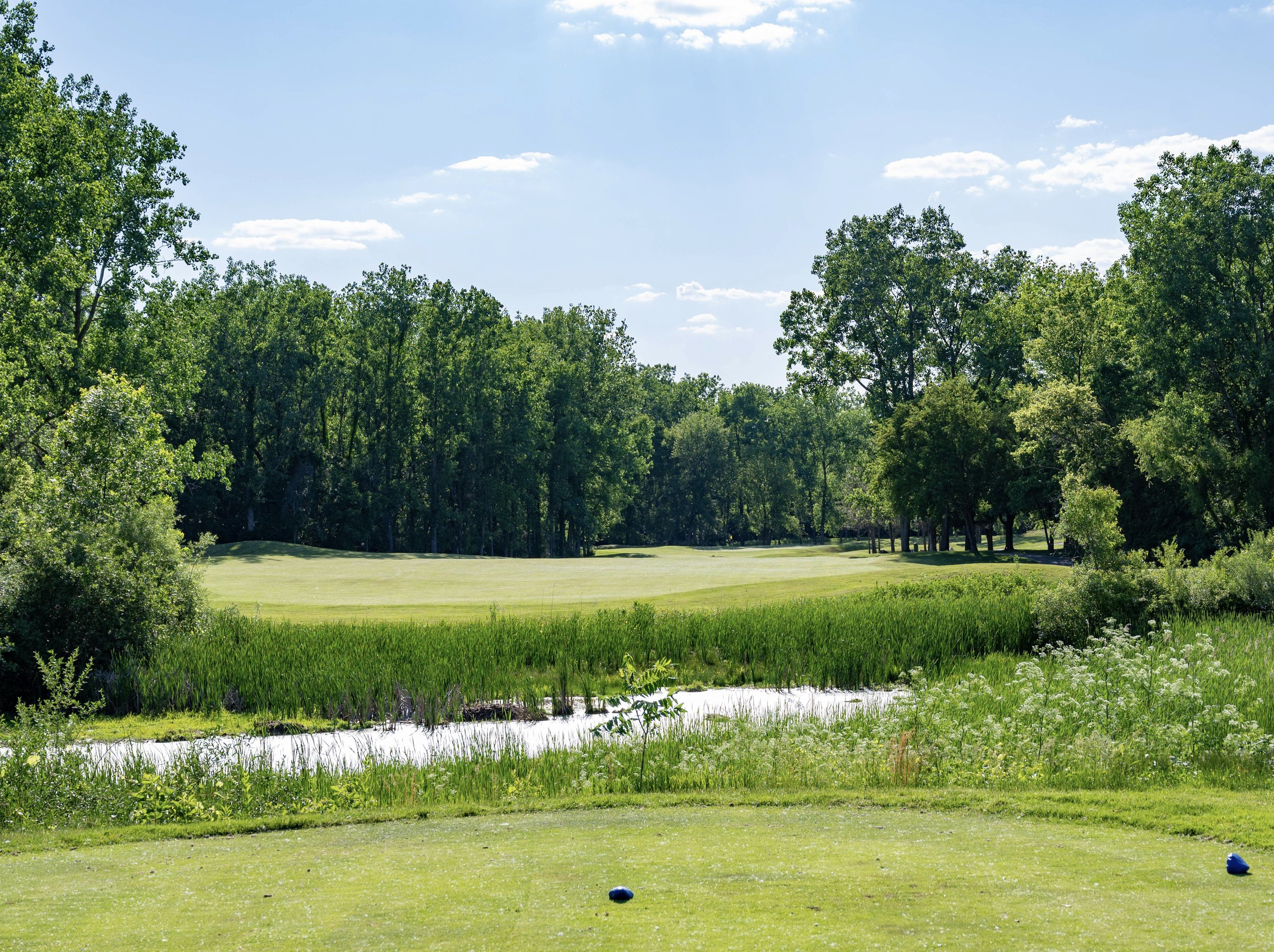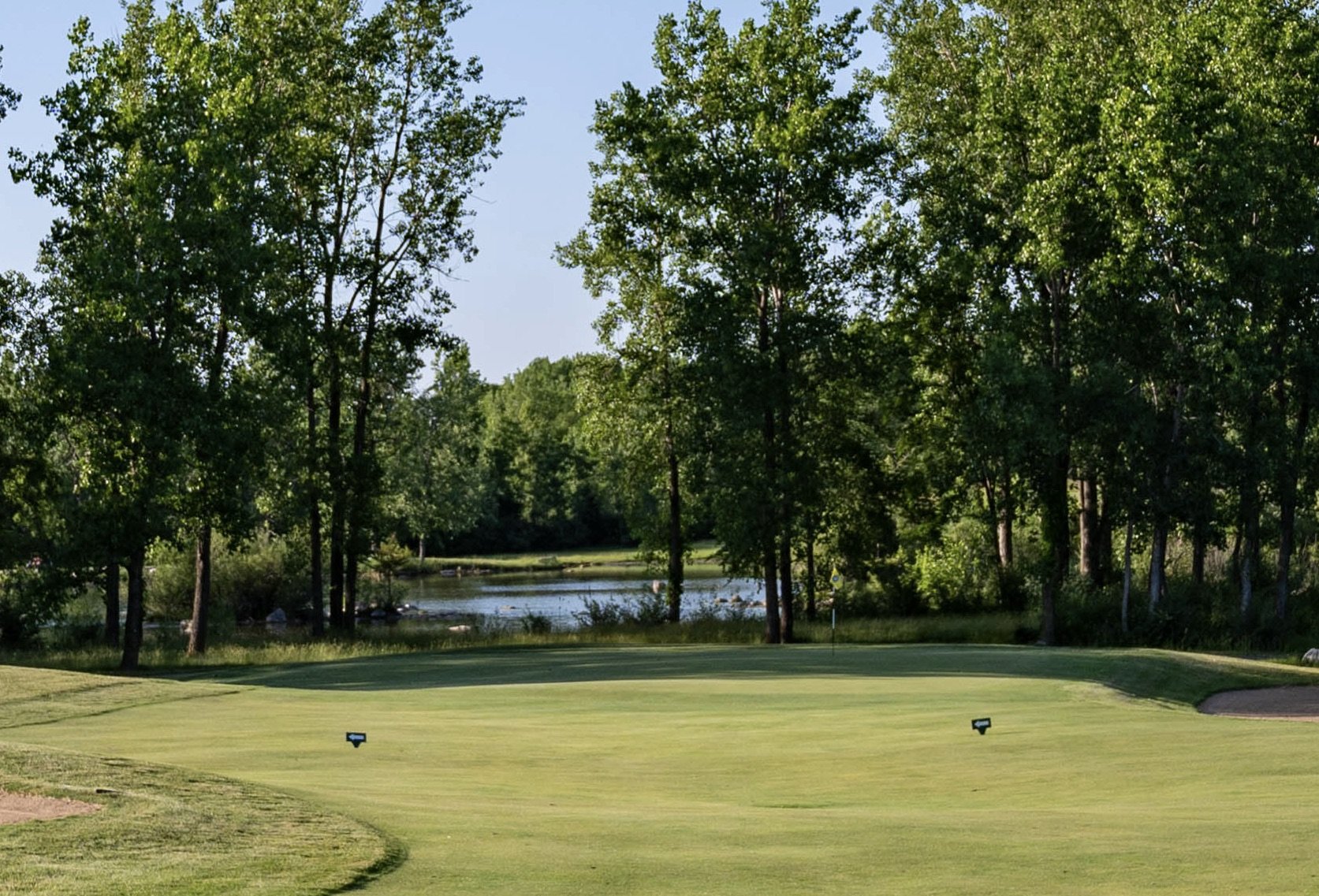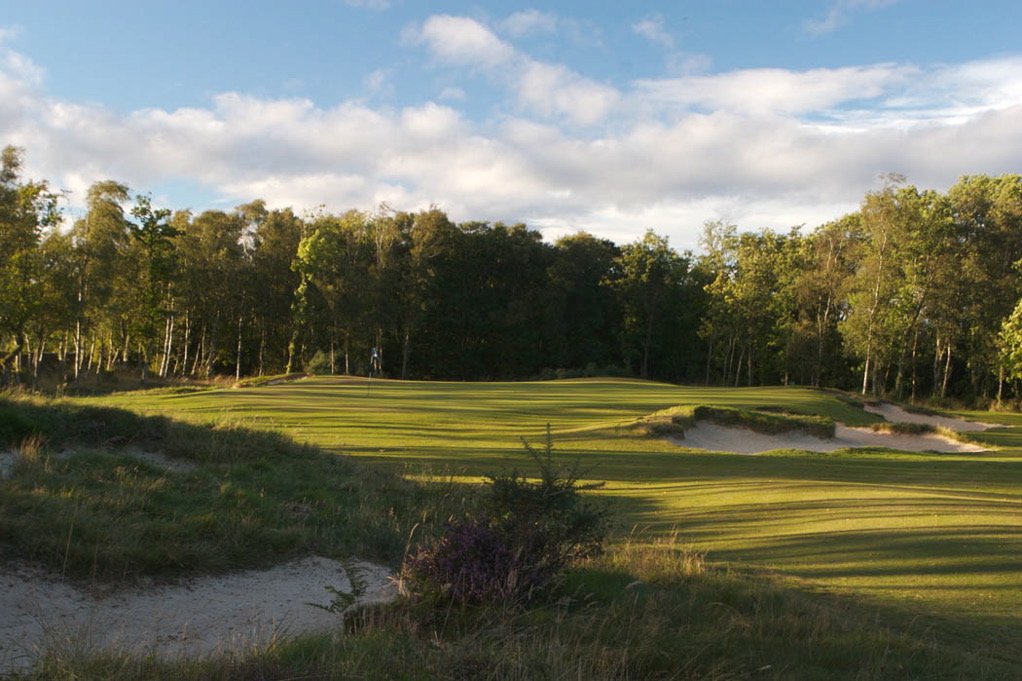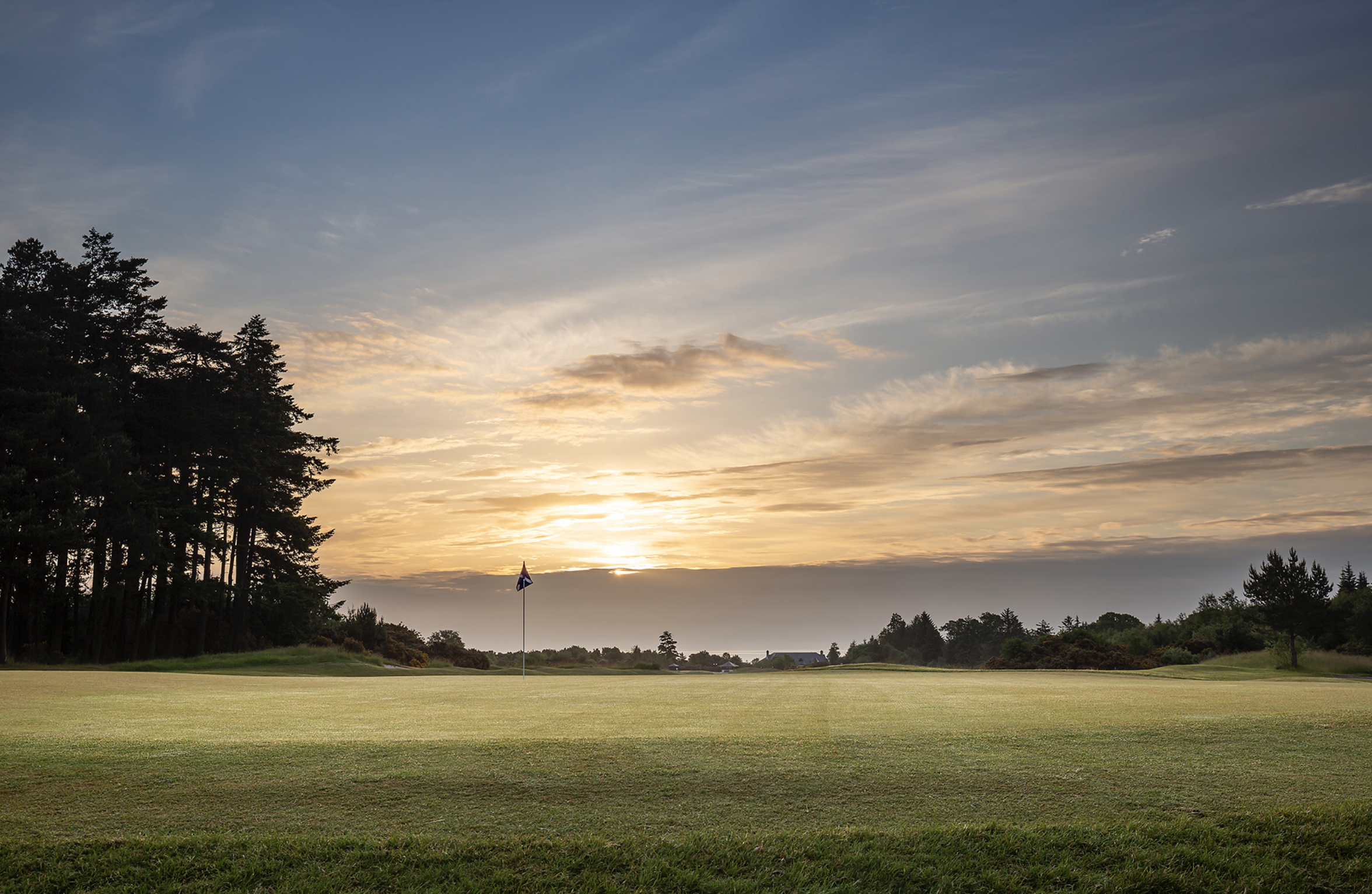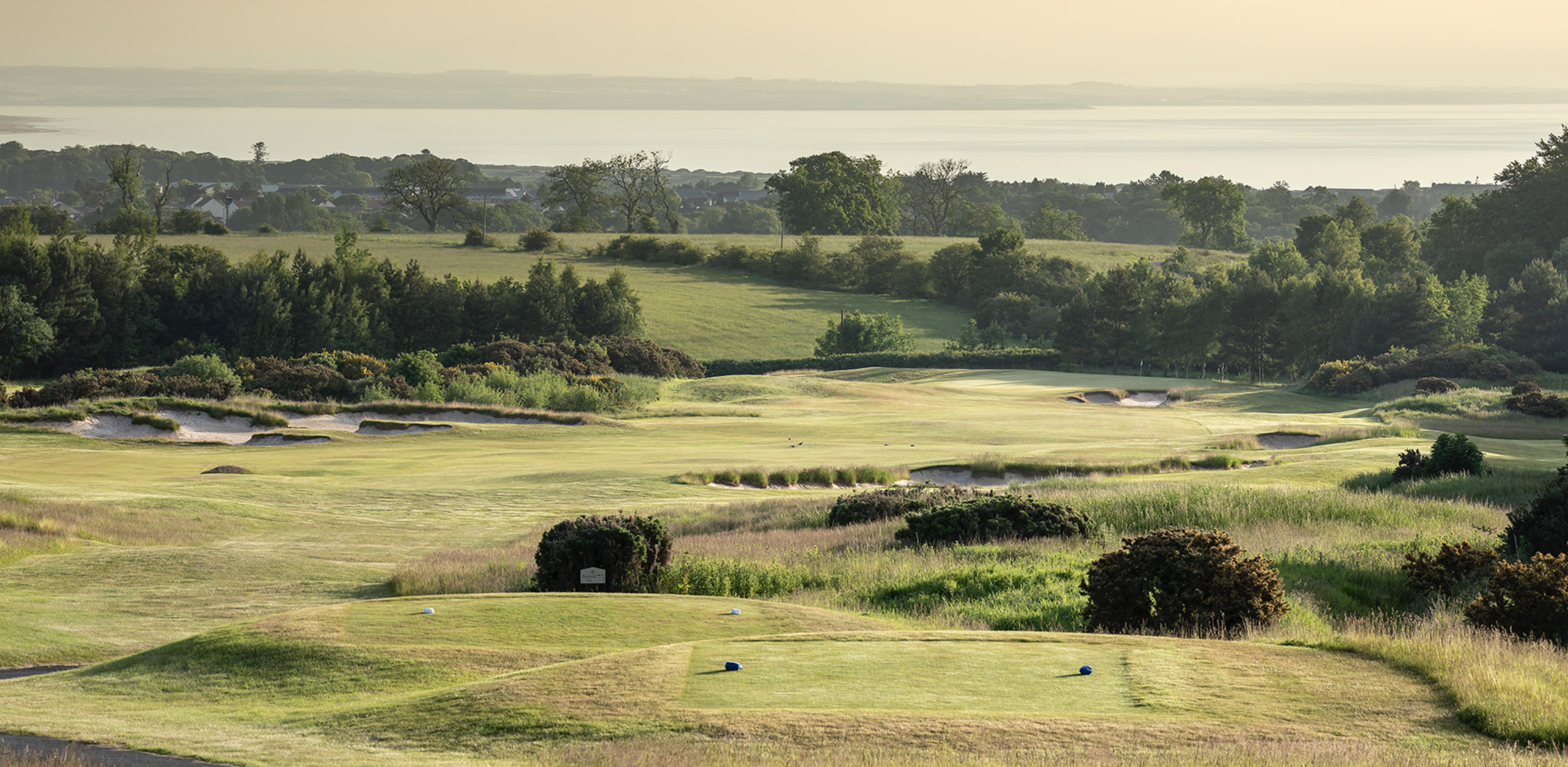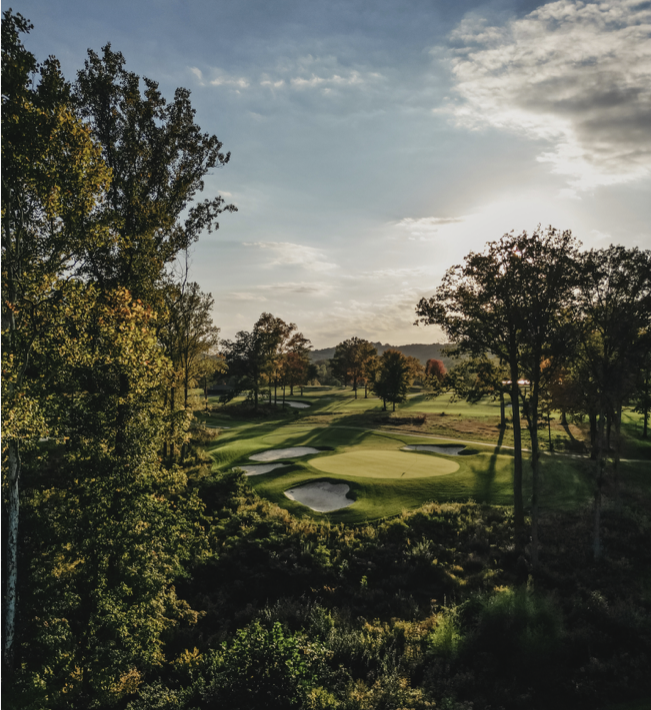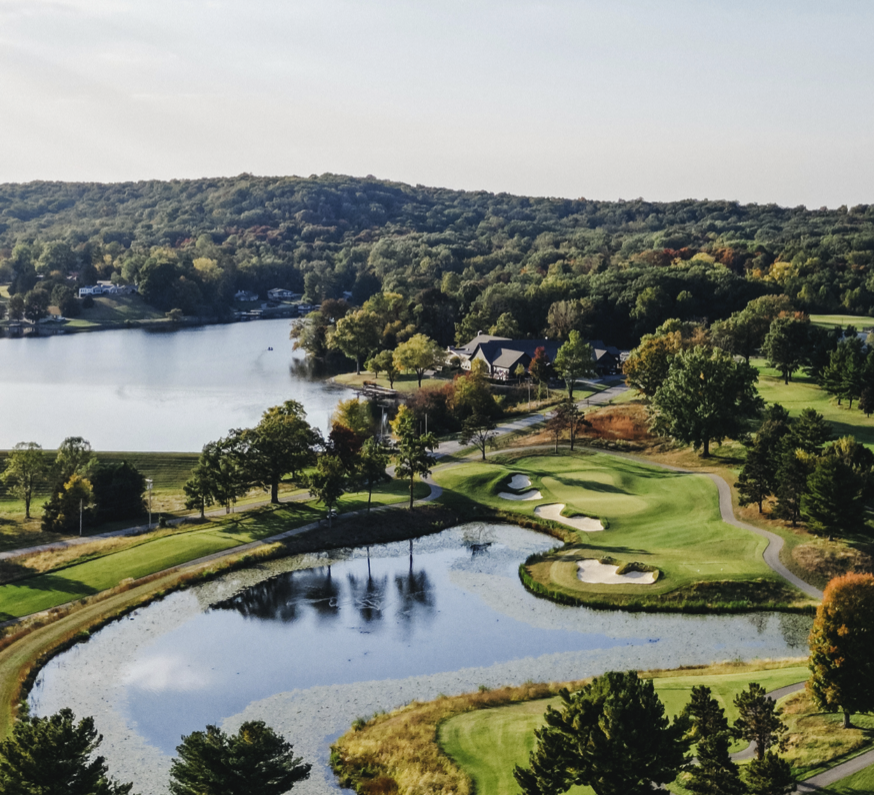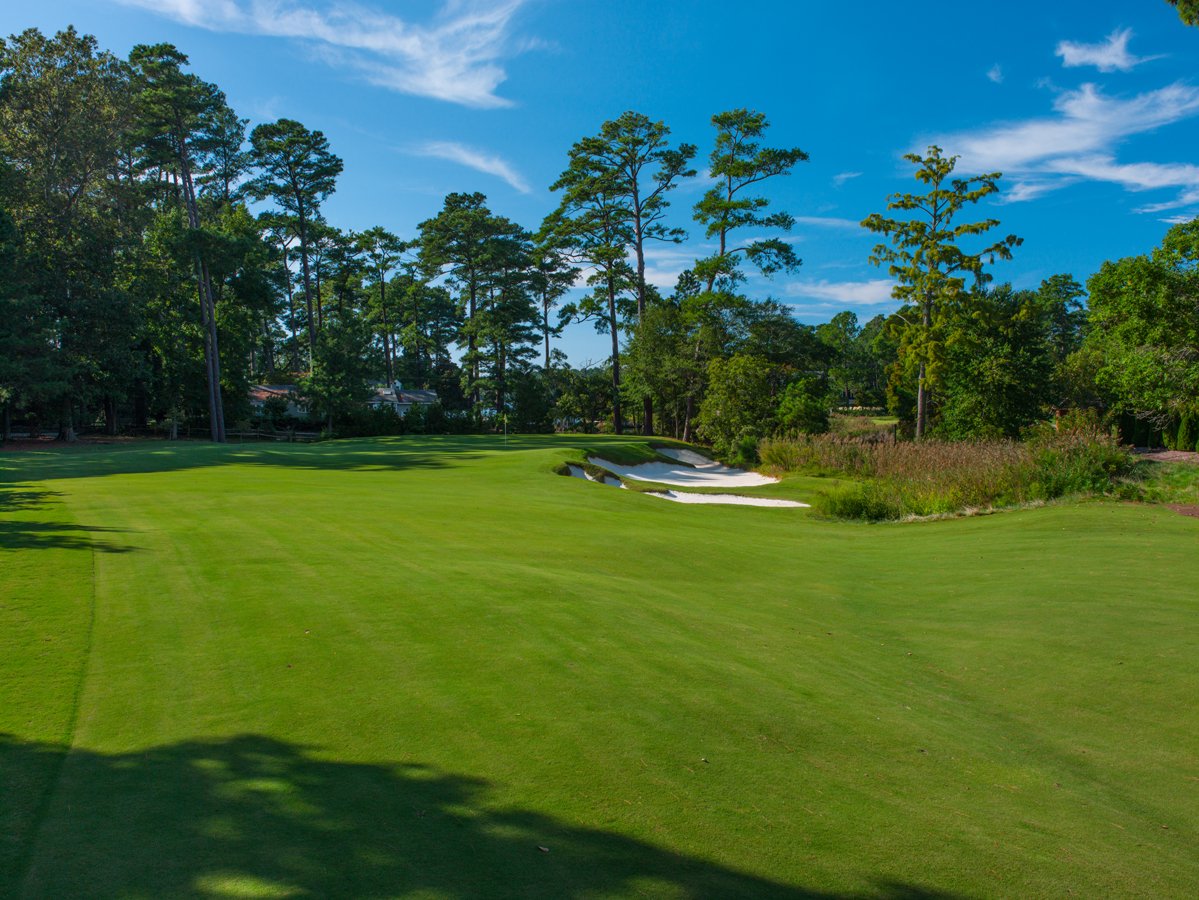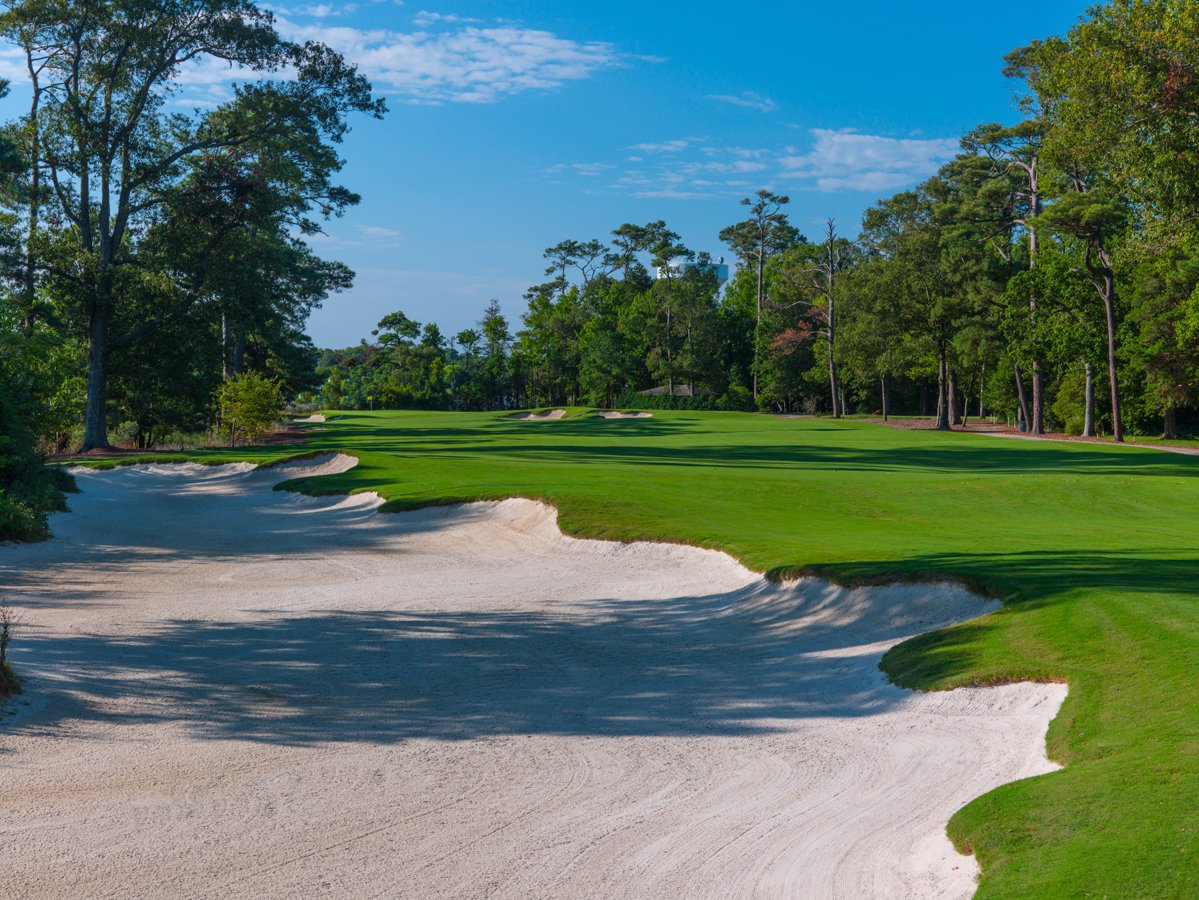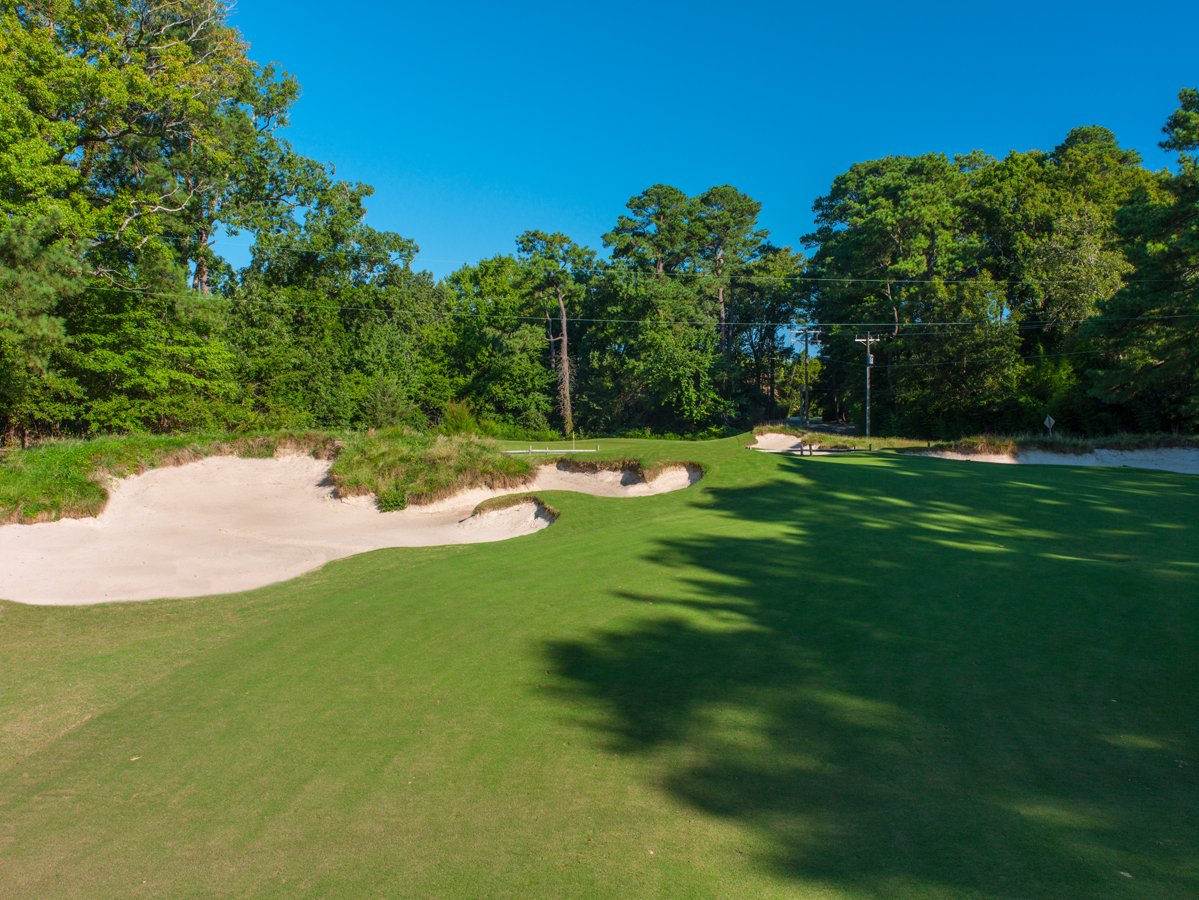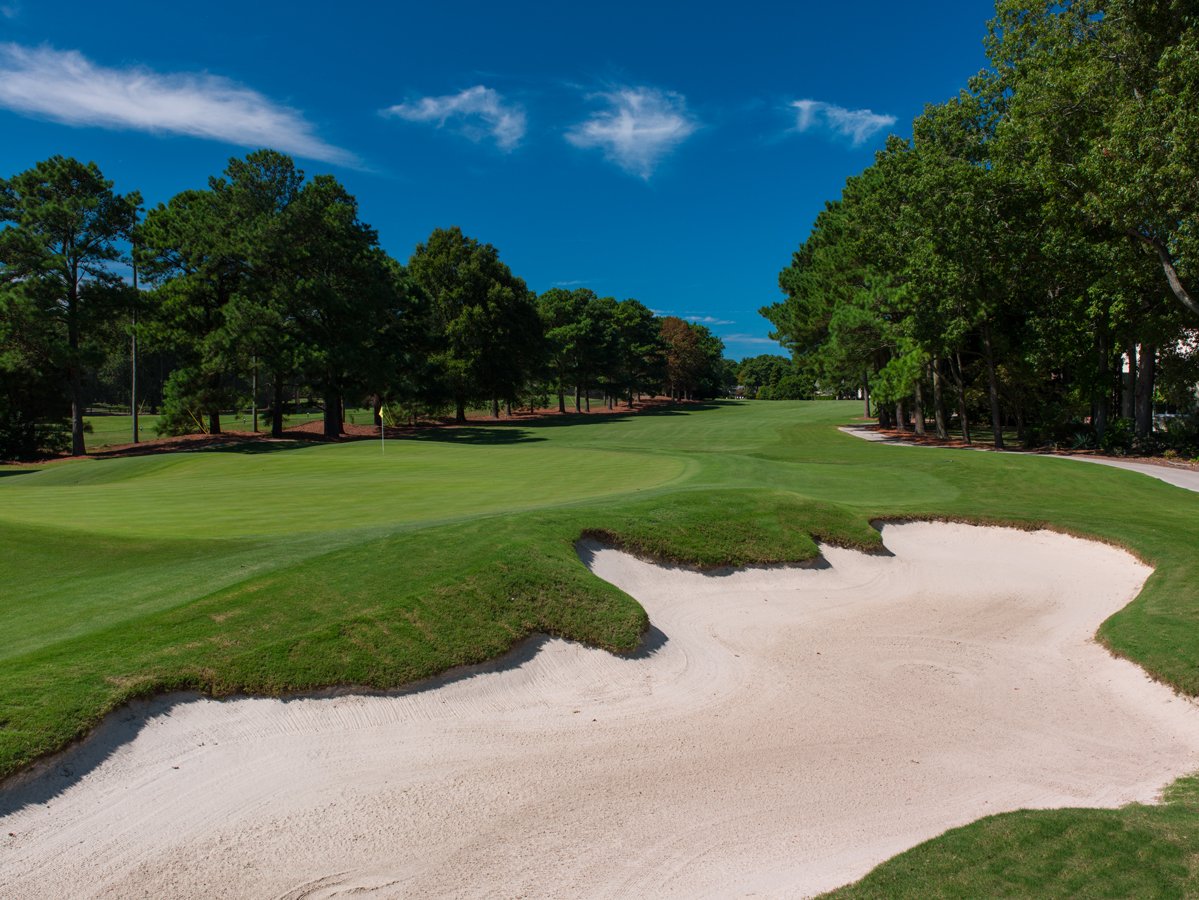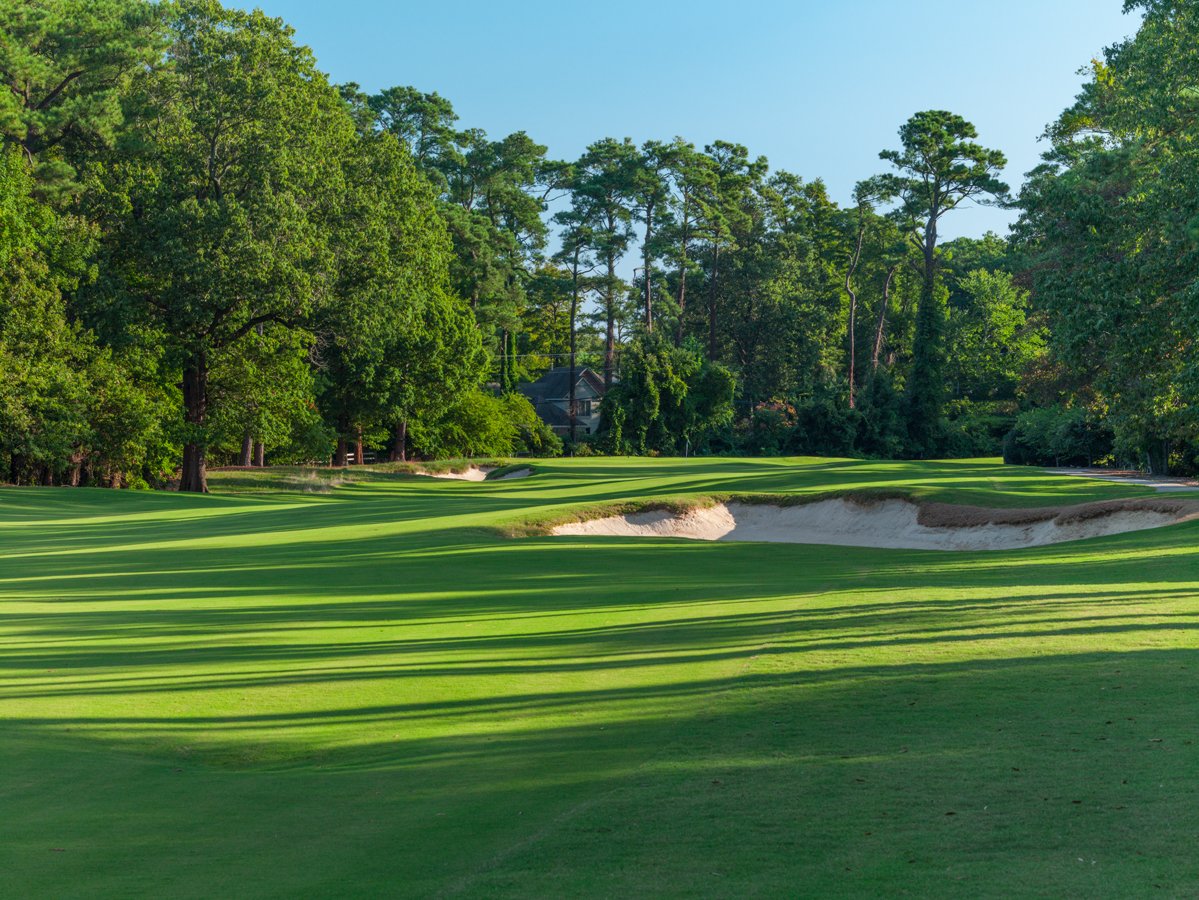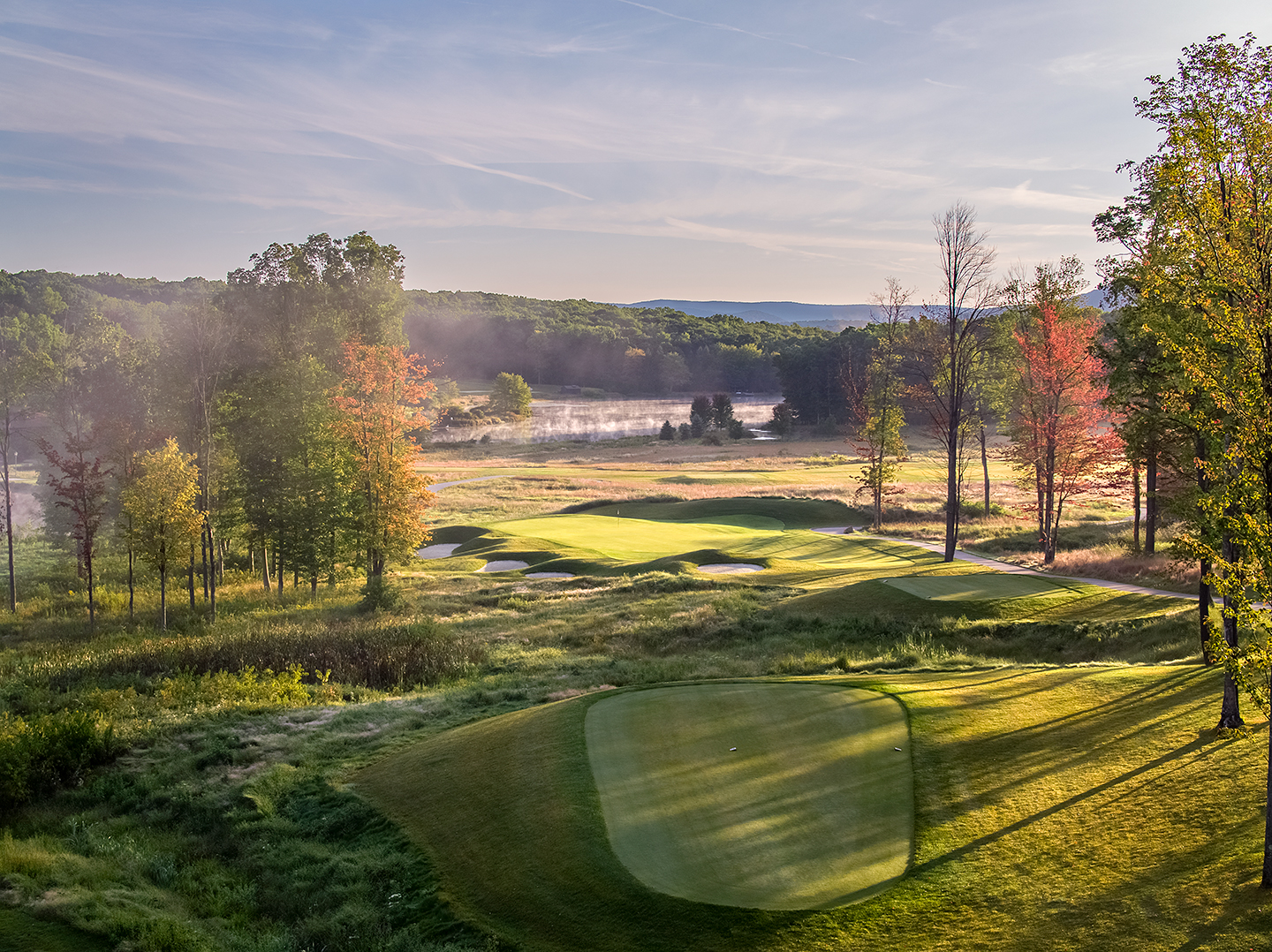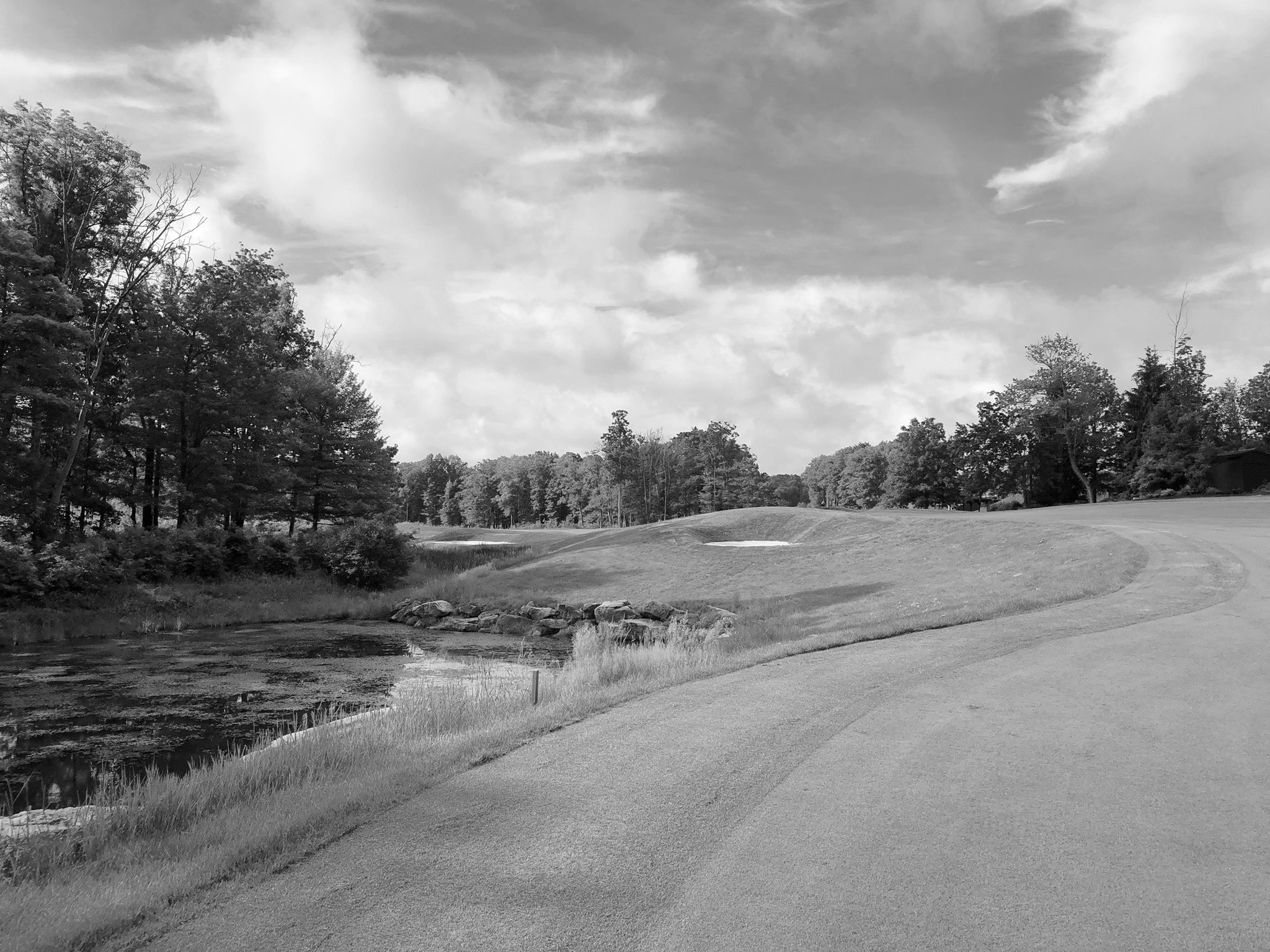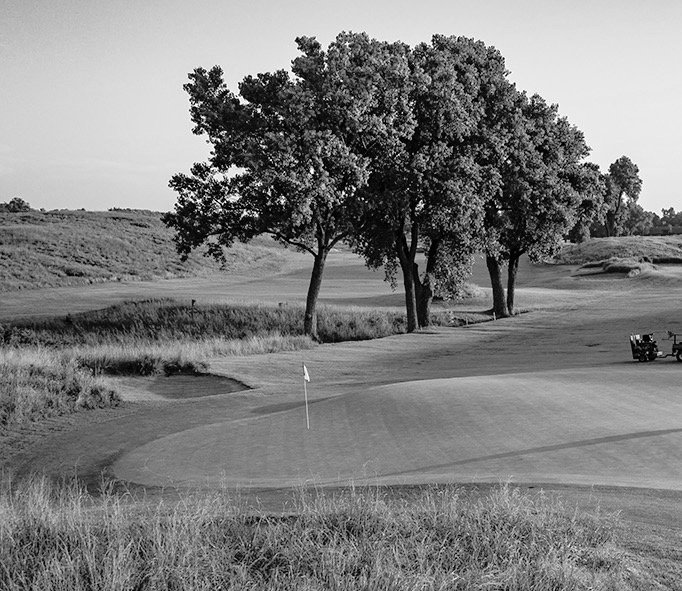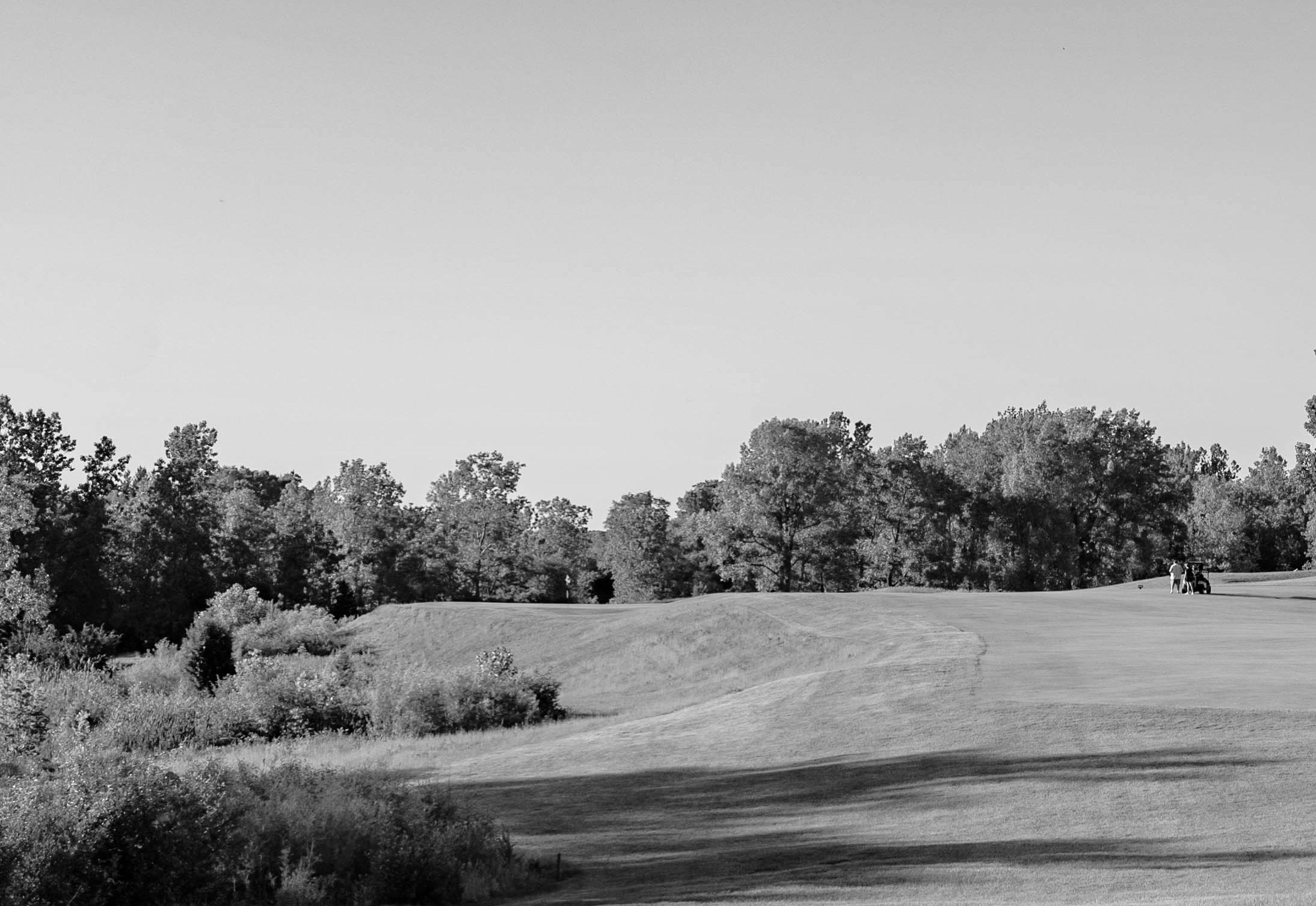Timothy Liddy + Associates
Timothy Liddy + Associates, Inc. was formed in 1993 with offices in Indiana and Florida providing golf course design services. In the firms history it has won many awards and created unique golf courses of enduring quality throughout the world. Tim, an understudy of golf course architect Pete Dye for over 28 years, teamed with him on numerous golf courses as well as completing many of his own solo designs. He is a Fellow of the American Society of Golf Course Architects.
One of the few American architects to work in Scotland, Tim has used this experience in the home of golf to refine and expand his approach to golf course design. Brochure and resume is available upon request.
Email: timliddy@me.com Phone: 765.744.9696


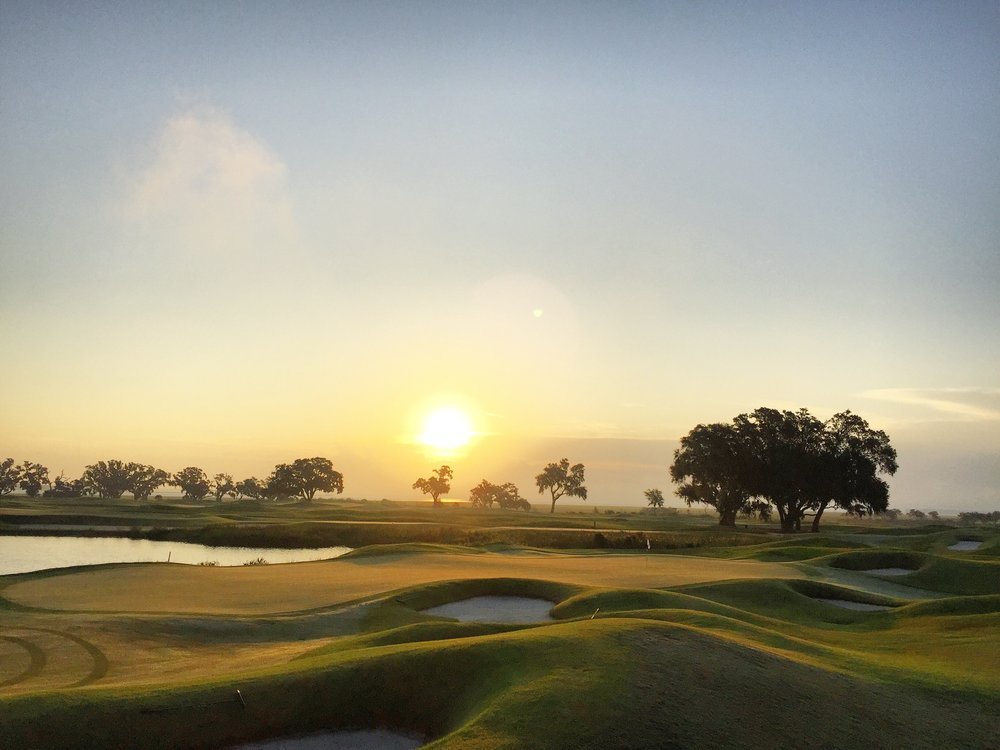
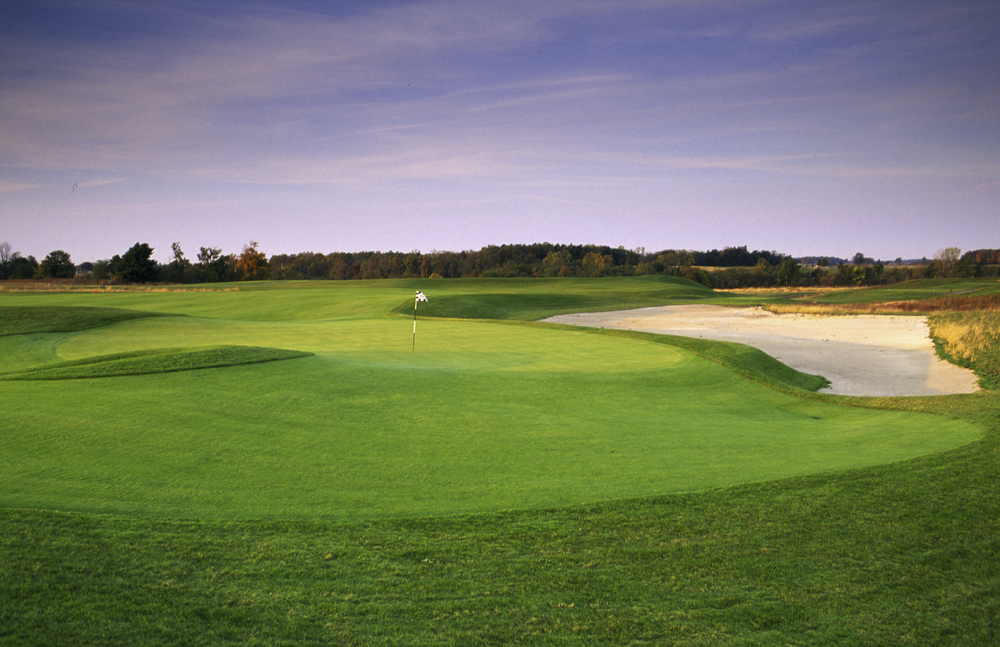
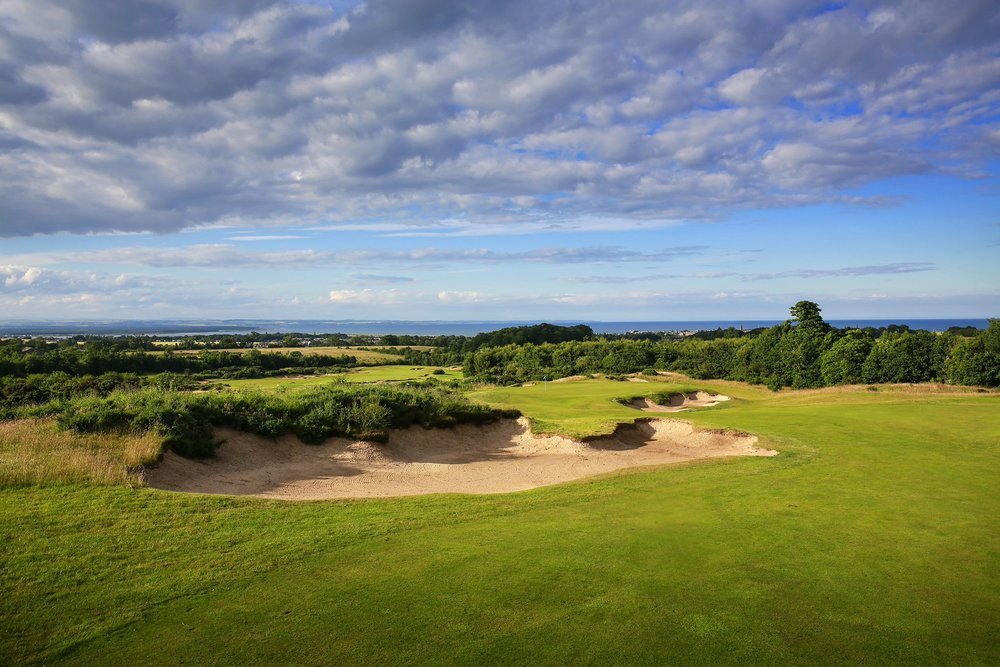
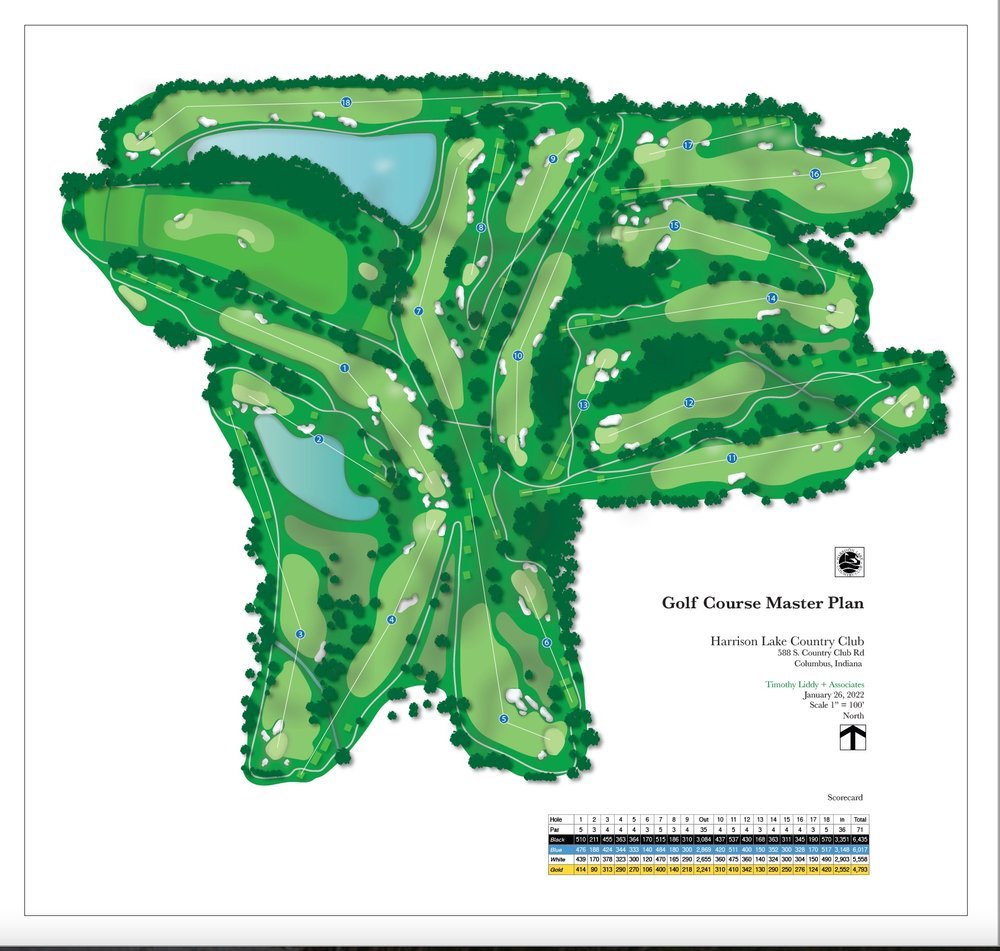



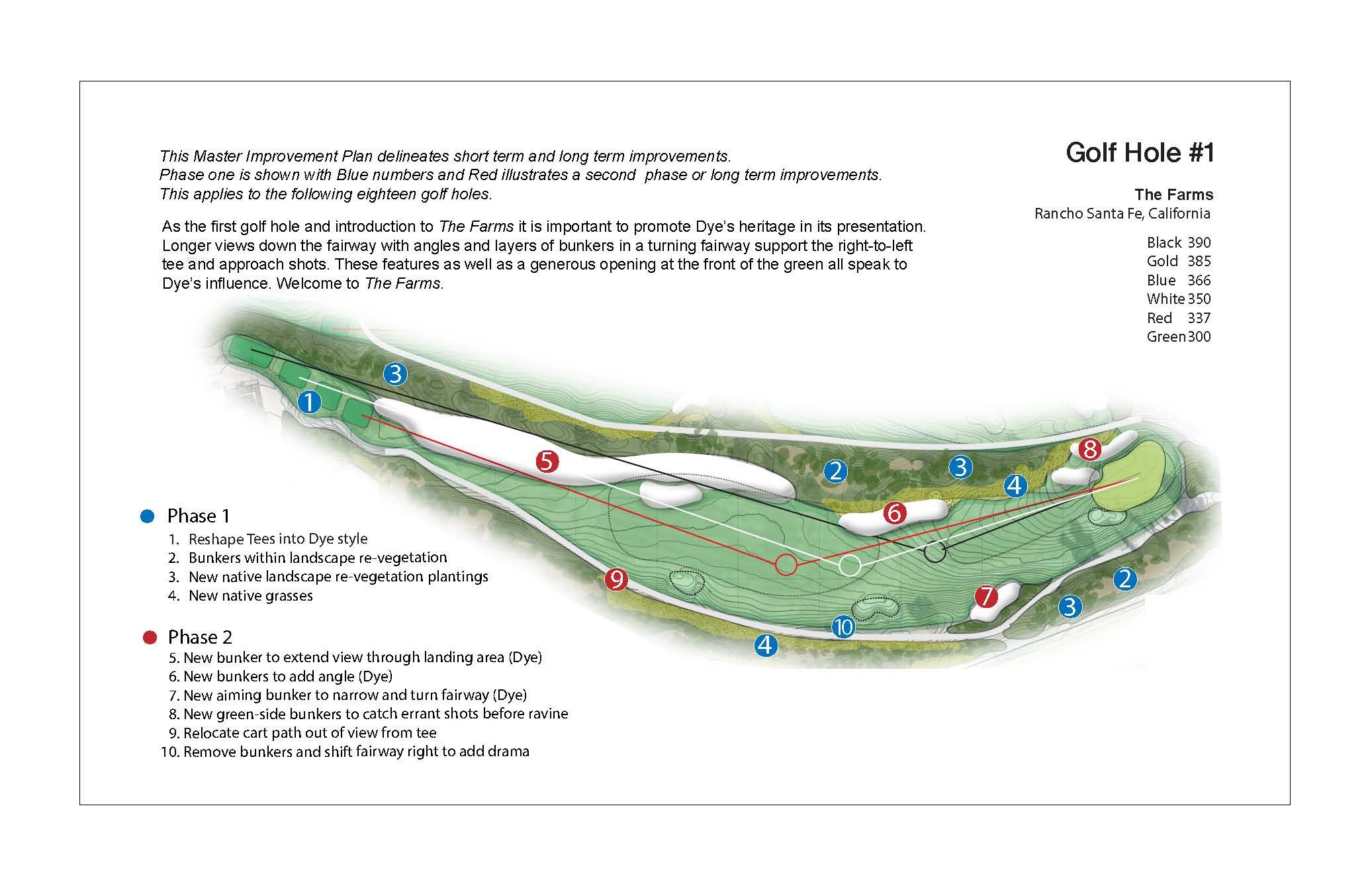
Current Work
PGA West - Mountain and Dunes Course La Quinta, California
Golf Hole #16, Mountain Course, Par 3, 185 yards Photo by John Henebry
Golf Hole #5, Mountain Course, Par 3, 190 yards Photo by John Henebry
Since opening in 1980 and 1981 these iconic Pete Dye greens on the Mountain and Dunes golf courses at PGA West had lost much of their character, losing their shape, size and definition. Tim led a restoration project to return the golf course greens back to their original glory.
The restoration was handled with great care and precision. Likened to an archaeological project uncovering many of the original aspects of the greens. Restoring them to their original size, shape and contour immediately brought back the wonderful sculptured quality of these unique set of greens. The work was performed by carefully hand digging around the bunkers and greens to discover the original green shapes and perimeters. Turf was then removed as well as layers of organic material which had built up over many years. The result of this careful restoration was immediate. Its former glory has been restored and the golf course’s unique greens are now resonating. The golf courses are planned to reopen in the Fall of 2023.
Golf Courses by Timothy Liddy
Selected Works
Rock Hollow Golf Club, Peru, Indiana
Built within an abandoned gravel quarry, Rock Hollow was ranked by Golf Digest as the 8th best new public golf course in America in 1996. The golf course has continued to receive awards throughout the 20+ years of being family owned and operated. Rock Hollow is currently ranked by Golf Magazine as one of the top 10 best courses in Indiana.
Golf Hole #16, par 4, 326 yards
The Duke’s St Andrews, St Andrews, Scotland
A recent photo of the thirteenth taken by The Duke’s St Andrews. The tee shot offers an expansive view over St Andrews and the North Sea. We remodeled the golf course in 2006 adding a new routing, new bunkers and several new greens as on this iconic 13th par 4 of 424 yards. It is annually recognized as one of the best golf courses in Scotland.
Photo by Mark Alexander for The Duke’s St Andrews.
Golf Hole #3, The Duke's St Andrews Scotland
Harrison Lake Country Club, Columbus, Indiana
Photos by Griffin Haddad showing a few of the newly remodeled greens (#18, #13, #2 and #14) on Harrison Lake Country Club in Columbus, Indiana. It was completed in 2022.
A plan of the Improvements completed in 2020 and 2021 for Harrison Lake Country Club in Columbus, Indiana
Princess Anne Country Club, Virginian Beach, Virginia
Princess Anne Country Club in Virginia Beach, Virginia was remodeled with emphasis on classic design elements and strategic elements. Iconic views out to the surrounding ocean inlets were reestablished on several golf holes. In 2020 it was ranked one of GOLF Magazine’s Top 25 Exemplary Sub-6,000-Yard Courses in the world. It ranked eighth of the “Best New Remodels” by Golf Digest in 2009 with The Virginia Senior Amateur Championship held the same year.
Trophy Club, Lebanon, Indiana
Trophy Club Golf Course built as a new 18 hole golf course and practice range for a private owner in 1996. Located 15 miles north of Indianapolis, it is consistently rated among the top golf courses in Indiana and top public golf courses (with a green fee under $50) in the nation.
The Trophy Club is a 4 1/2 star (Golf Digest Places to Play), par 72 design plays at 7,317 yards from the back tees. It has received numerous awards including "America's 100 Greatest Public Golf Courses" from Golf Digest in 2004, # 4 Best Course in Indiana in 2001, and # 4 Best New Public course in America (Golf Digest 1999). The Trophy Cub has played host to the 2002 Indiana Women's Golf Association Match Play Championship, the 2001 Indiana State Open, the 2001 Indiana PGA Senior Championship, the 1999 Indianapolis Open and the 1999 Indiana PGA Senior Open.
Golf Hole #5, Par 4, 350 yards
Golf Hole #14, Par 3, 205 yards
Marshwood Golf Course, The Landings, Skidaway Island, Georgia
Golf Hole #3, Marshwood Golf Course
Timothy Liddy remolded this original Arnold Palmer design in 2003 for the Landings Company on Skidaway Island, Georgia. A entirely new golf course was designed and constructed with new drainage, grassing, greens, bunkers and tees. Extensive meetings with the membership in the development of the Master Plan for the golf course was an essential part of the success of this project.
“The Marshwood Course combines many of the best elements of the other five courses. First of all, aesthetically, it has some of the better views of the marshes that envelop much of Skidaway Island, like on No. 2, where the green at the par 5 is framed beautifully by the ever-changing marsh colors. The greens are some of the best on the island, and some are huge and multi-tiered, with well-crafted slope and undulation.
What sets Marshwood apart are the mounds that border and influence many of the green surrounds. You don't have to fire at the flag repeatedly; you can use the mounds and humps around the greens to funnel your approach shots toward the hole. It can be a blast when you wield your 7-iron like a pool cue.”
"Marshwood is a fun golf course to play," Head Professional Jim Hazel said. "It's got a good mixture of long and short holes and it gets you out by the marsh. To me, it's one of my favorites."
Shepherd's Rock, Nemacolin Woodlands Resort, Farmland, Pennsylvania
Photo by Evan Schiller /www.golfshots.com
Shepherd's Rock is a new 18 hole golf course opened last year at Nemacolin Woodlands Resort. Located atop the Allegheny Mountains, this is the par 3, 165 yard 12th golf hole. Tim Liddy was co-designer with Pete Dye.
“Without a doubt Tim was the most pro-active and hands on architect I have ever worked with. Tim stayed on the property for several weeks at a time and always made himself available for every meeting and every approval process we needed to keep the project moving forward. Additionally, Tim kept our team very involved in the decision making at every step in the process. He wanted to make sure that he was delivering what our facility desired while suggesting and giving our team options that he felt could improve the project at values that made sense for the cost. In the end, Tim delivered a great finished project as Shepherd’s Rock opened in 2017 as one of Golf Magazines’ Best New Courses You Can Play. ”
Photo by Laurence Casey Lambrecht
The 16th at the Estuary Golf Course, Grey Oaks Country Club in Naples, Florida remodeled by Timothy Liddy + Associates in 2017.
“I got to personally know Tim over the last four years, and I have dealt with many architects in my career. Tim, by far, is the best one. He combines intellect, caring, member concern, and financial accountability to a very high level. I highly recommend him for your project.”
Golf Hole #10 at Ford Plantation in Savannah, Georgia (Project architect for Pete Dye). We remodeled the golf course in 2013. It was recognized as one of the best new courses by Golf Digest in 2014.
“Tim was retained by our club to first assist in the Master Planning process of what would become a $7.4 million renovation project. He was critical to the success of our project from start to finish. From the first town hall meeting to the first bulldozer, Tim was with us every step of the way.
Tim displayed great skill and passion for his work and his imagination and experience in knowing what features would be well received by our members was an enormous asset in drastically improving the appeal of this golf course. He spent a considerable amount of time collaborating with all involved and demonstrated great leadership through some of those difficult decisions all construction projects have. In a business that is so highly complicated and competitive, it was clear to see the benefit of Tim’s 20 years of experience in the industry. He boasts a huge professional support network with the many professional relationships he has developed over the years and The Ford Plantation Club benefited”
““We manage 150-plus courses and Tim Liddy’s design at Wintonbury Golf Club consistently rates among the ‘best of the best’ for playability, fun and satisfaction.”
”
Golf Hole #9 at Colleton River Club, Beaufort, South Carolina (photo by Jake Williams) We remodeled the golf course, restoring bunkers throughout the Pete Dye design. The work received an American Society of Golf Course Architects Design Excellence Recognition Award.
“Mr. Liddy worked closely with our contractors and staff to ensure the highest quality standards were met. He kept critical issues such as budget and schedule in mind and the project was completed on schedule and within budget. ”






